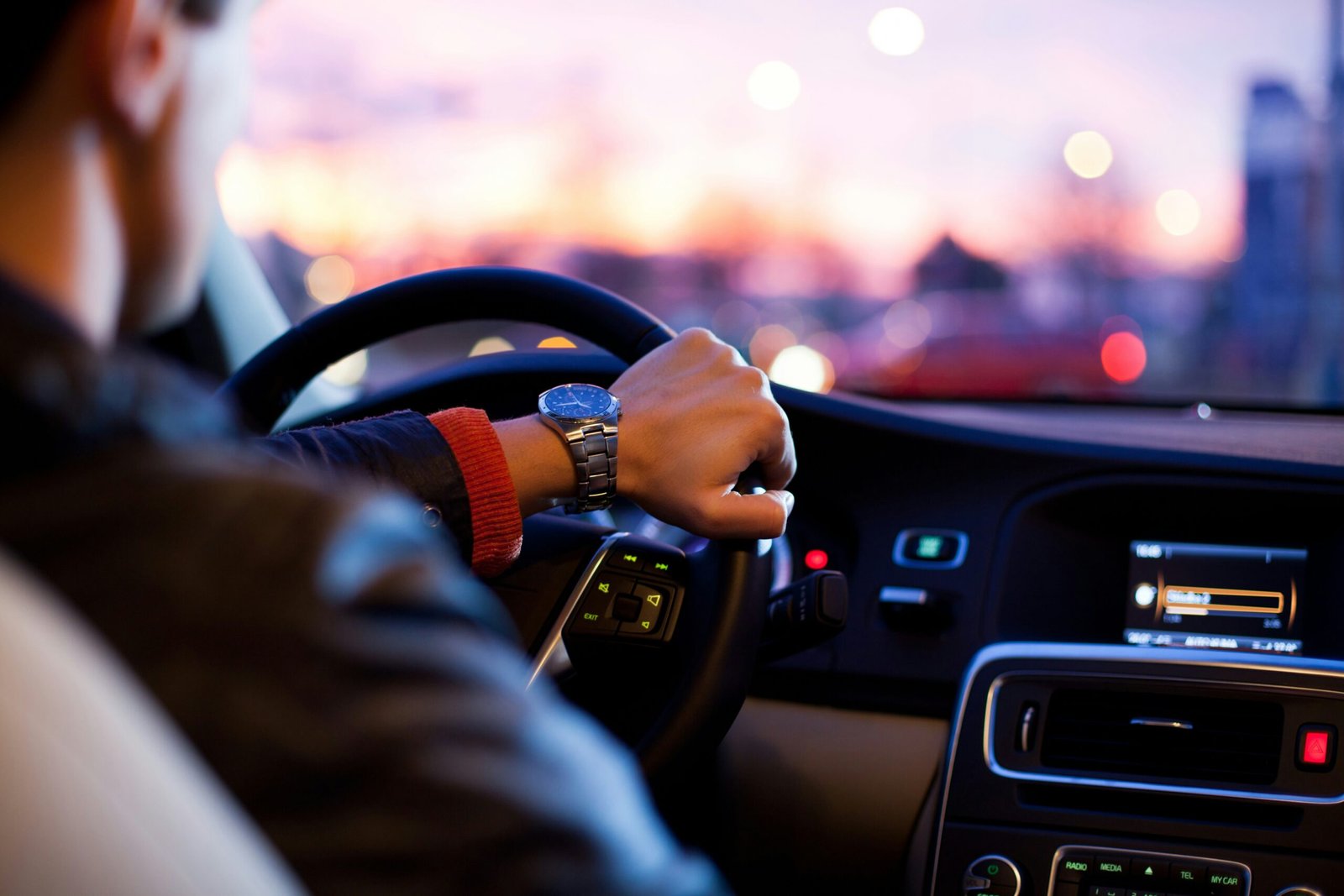The Causes of Drunk Driving Accidents
Drunk driving accidents are a serious problem that can have devastating consequences. Every year, thousands of lives are lost and countless others are injured due to the irresponsible actions of individuals who choose to get behind the wheel while under the influence of alcohol. Understanding the causes of these accidents is crucial in order to prevent them from happening in the first place. In this blog post, we will explore some of the main factors that contribute to drunk driving accidents.
1. Alcohol Impairment
One of the primary causes of drunk driving accidents is the impairment caused by alcohol consumption. When a person drinks alcohol, it affects their ability to think clearly, make rational decisions, and react quickly. Alcohol impairs judgment, coordination, and motor skills, making it extremely dangerous to operate a vehicle while under its influence.
It is important to note that even a small amount of alcohol can impair a person’s ability to drive safely. In many countries, the legal blood alcohol concentration (BAC) limit is set at 0.08%. However, studies have shown that impairment can begin at much lower levels, with some individuals experiencing significant impairment even at a BAC of 0.02%.
2. Lack of Awareness
Another significant factor contributing to drunk driving accidents is a lack of awareness about the dangers of driving under the influence. Many people underestimate the effects of alcohol on their driving ability and believe that they are still capable of driving safely after consuming alcohol. This misconception can lead to poor decision-making and an increased likelihood of engaging in risky behaviors such as drunk driving.
Education plays a crucial role in addressing this issue. By raising awareness about the dangers of drunk driving and providing information about alternative transportation options, we can help individuals make informed choices and reduce the number of alcohol-related accidents on our roads.
3. Social and Cultural Factors
Social and cultural factors also contribute to the prevalence of drunk driving accidents. In some societies, there is a cultural acceptance or even glorification of drinking and driving. This normalization of the behavior can make it more difficult to change attitudes and behaviors surrounding drunk driving.
Additionally, peer pressure can play a significant role in influencing individuals to engage in drunk driving. People may feel pressured to conform to social expectations or may not want to appear weak or “uncool” by refusing to drive after consuming alcohol. Creating a culture that promotes responsible drinking and discourages drunk driving is essential in addressing this issue.
4. Inadequate Law Enforcement
Inadequate law enforcement is another factor that contributes to the high number of drunk driving accidents. Despite strict laws and penalties in place, many individuals continue to drive under the influence due to a lack of enforcement. This can create a sense of impunity and embolden individuals to take the risk of driving while intoxicated.
Improving law enforcement efforts, such as increasing the number of DUI checkpoints and implementing stricter penalties for drunk driving, can help deter individuals from getting behind the wheel after consuming alcohol. It is essential to ensure that the consequences of drunk driving are severe enough to discourage individuals from engaging in this dangerous behavior.
Conclusion
Drunk driving accidents are a preventable tragedy that continues to claim lives and cause immense suffering. By understanding the causes of these accidents, we can work towards implementing effective strategies to reduce their occurrence. Addressing alcohol impairment, raising awareness, challenging social and cultural norms, and improving law enforcement efforts are all crucial steps in the fight against drunk driving. Together, we can create safer roads for everyone.
